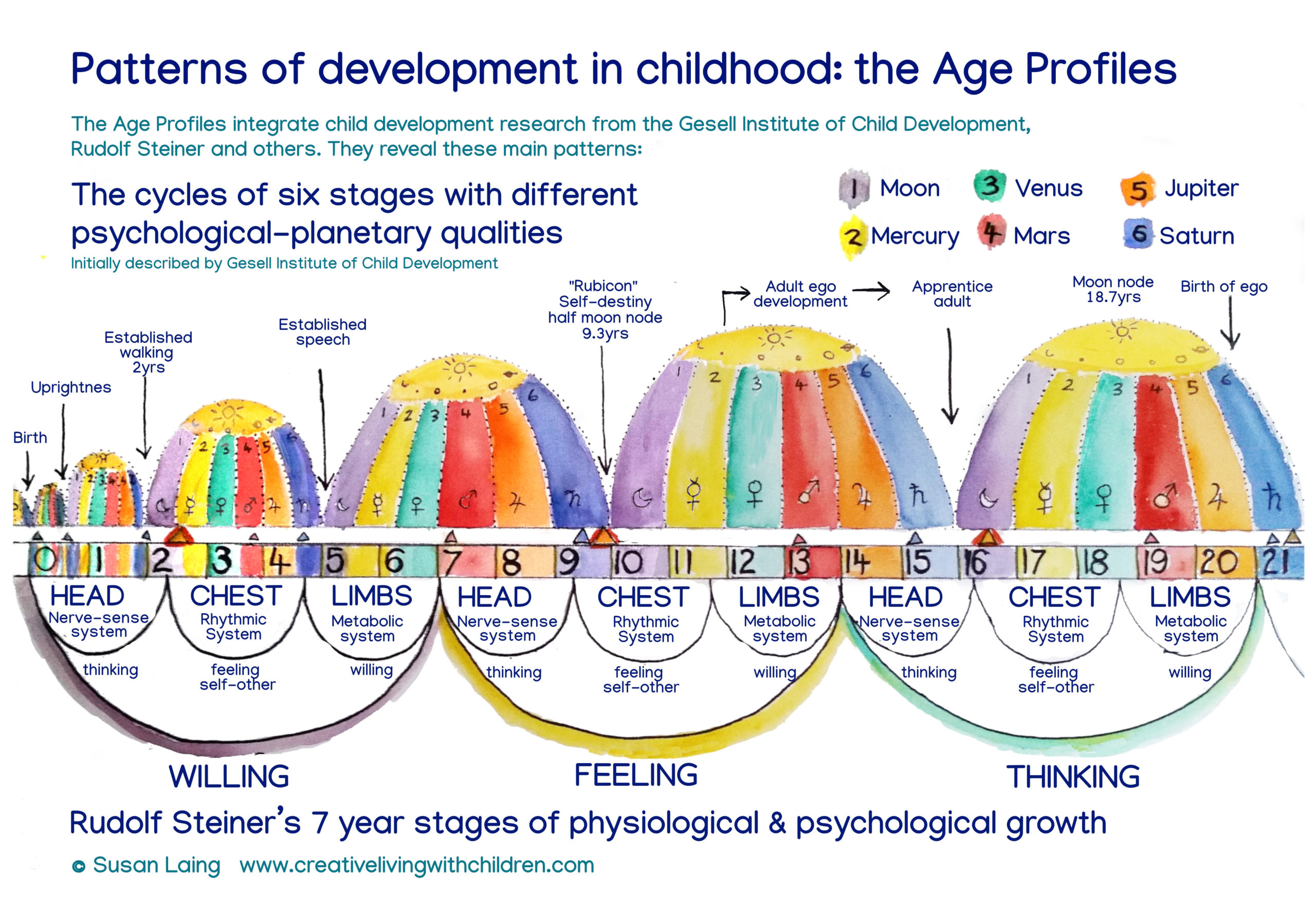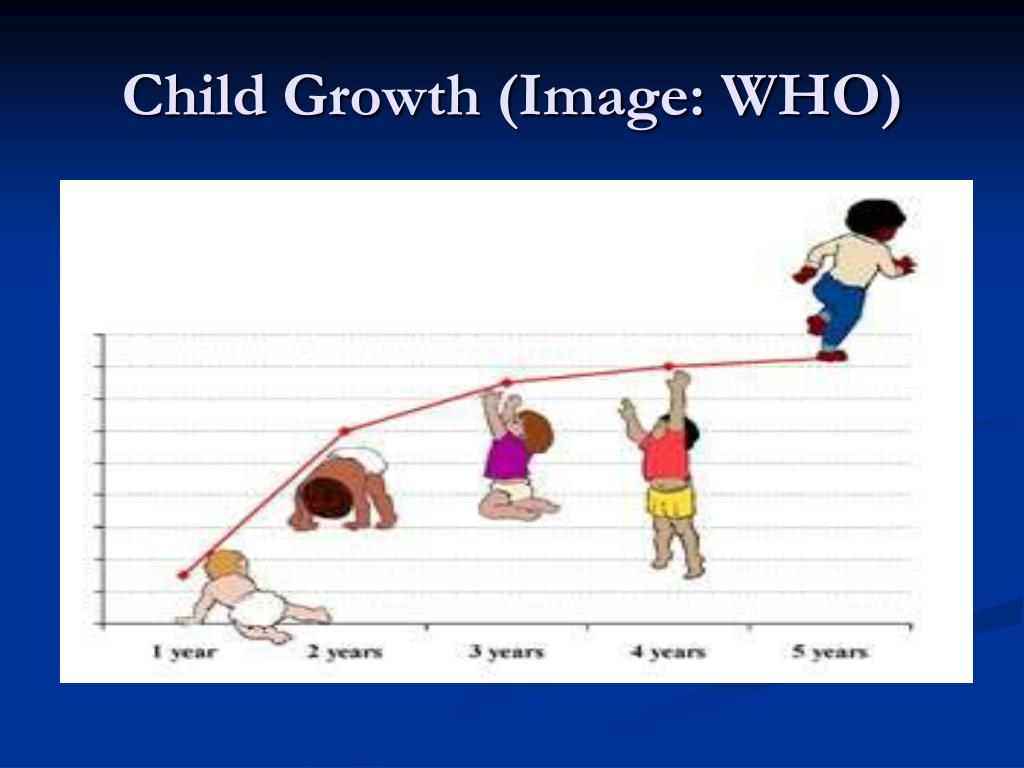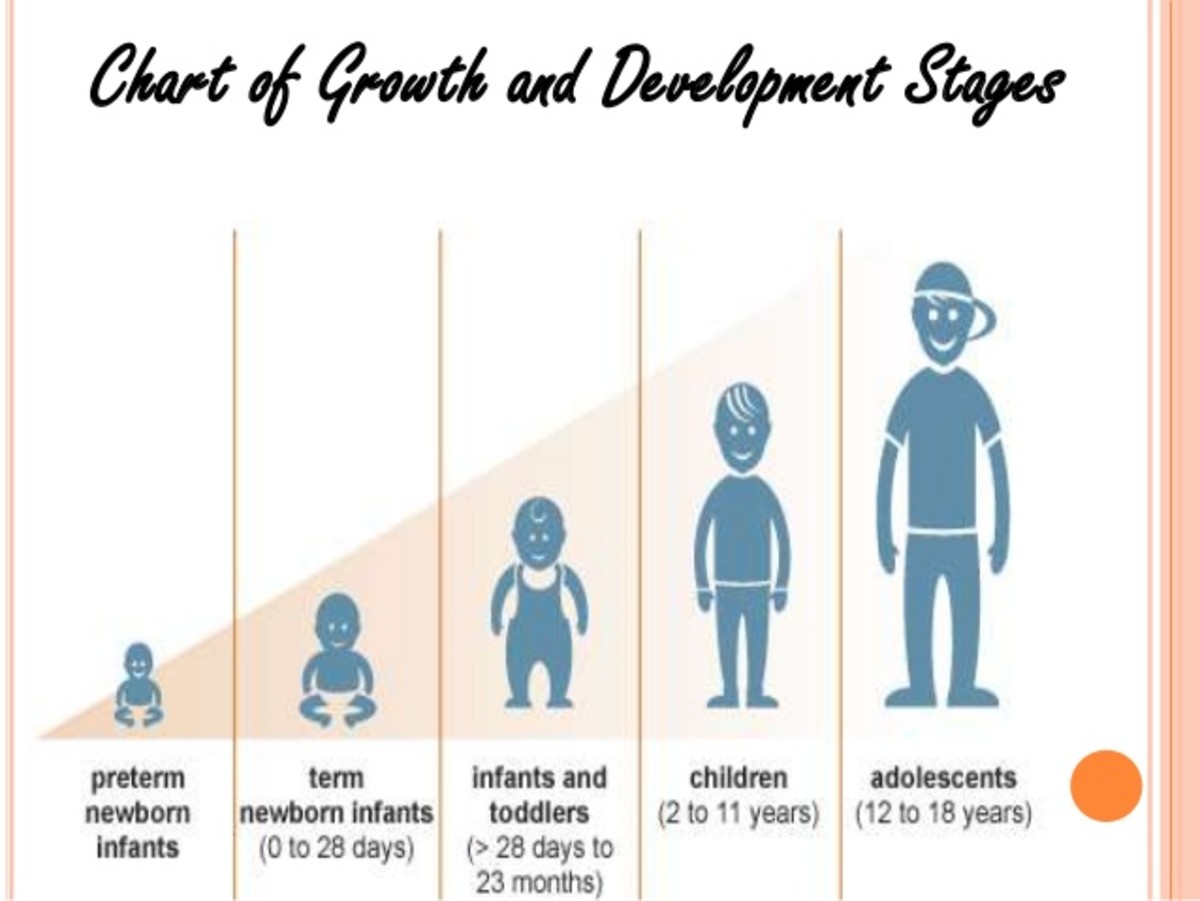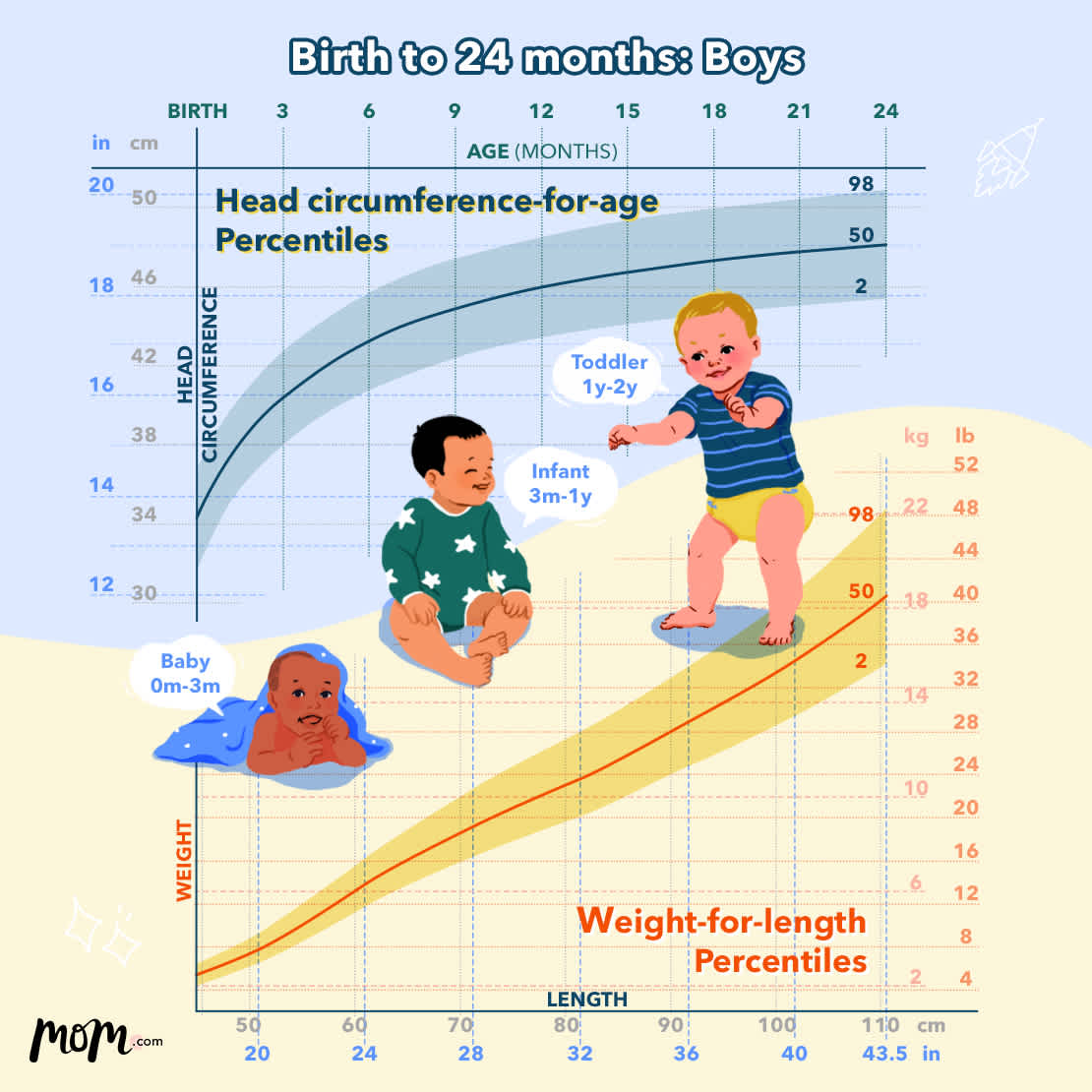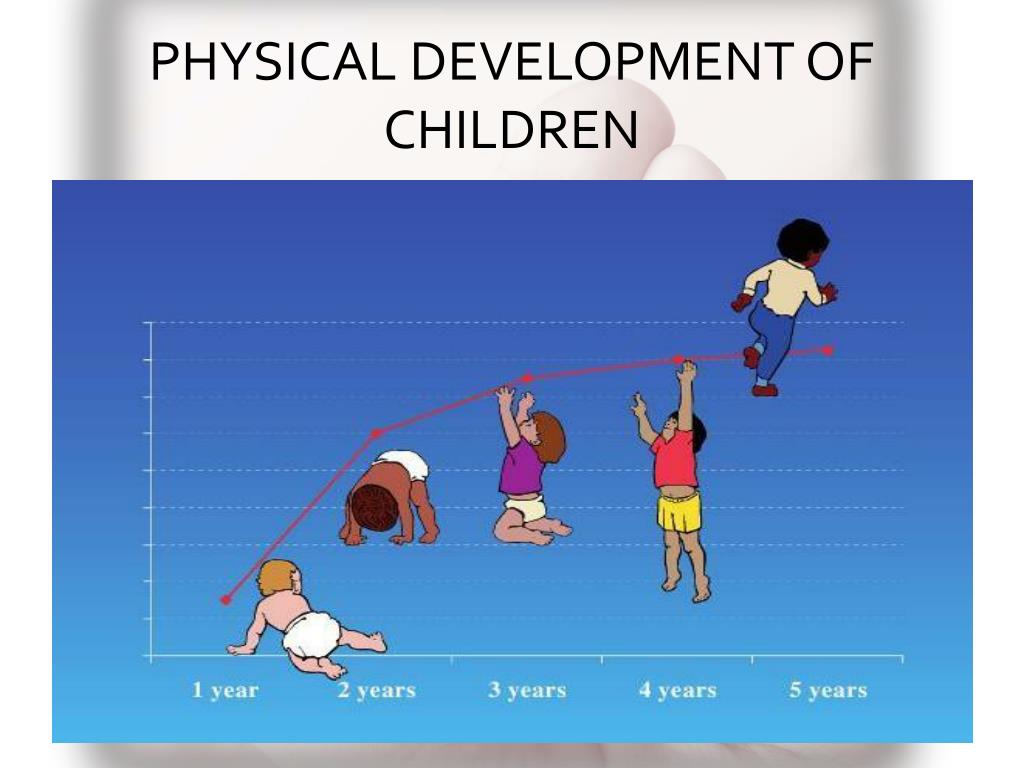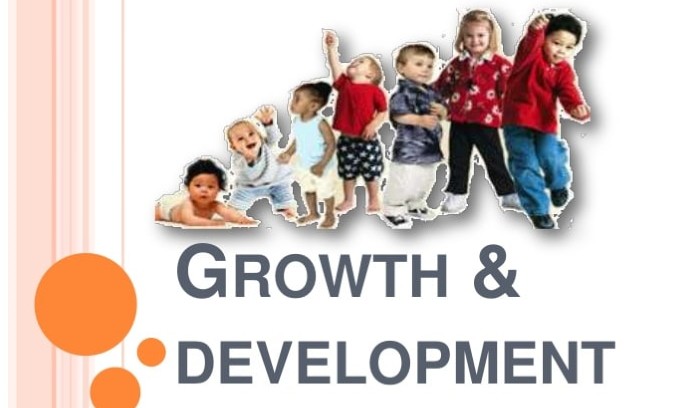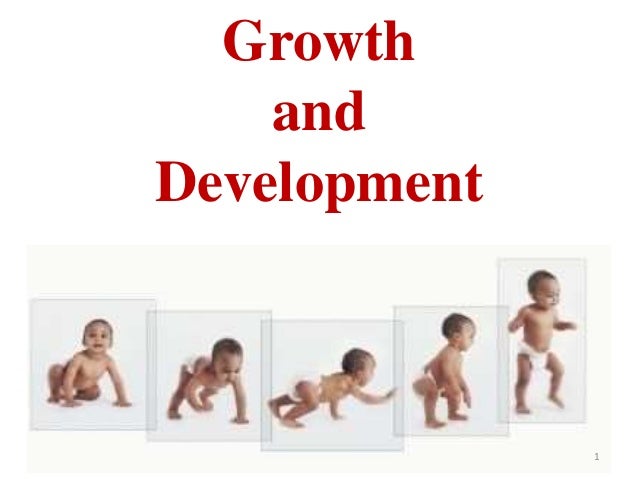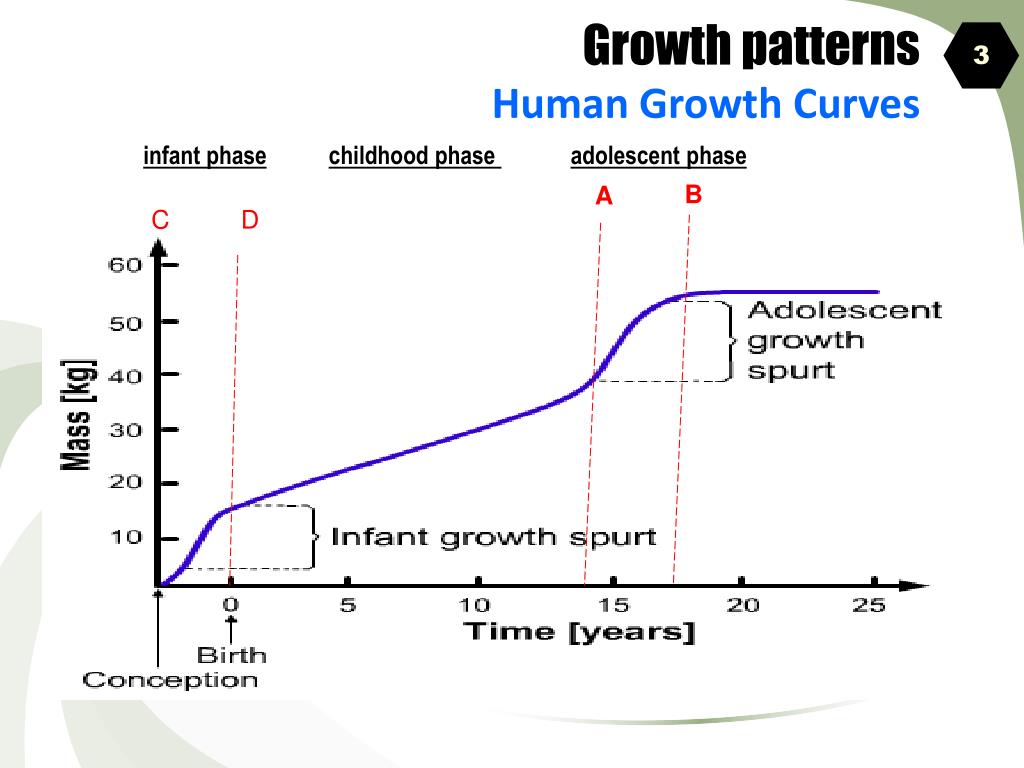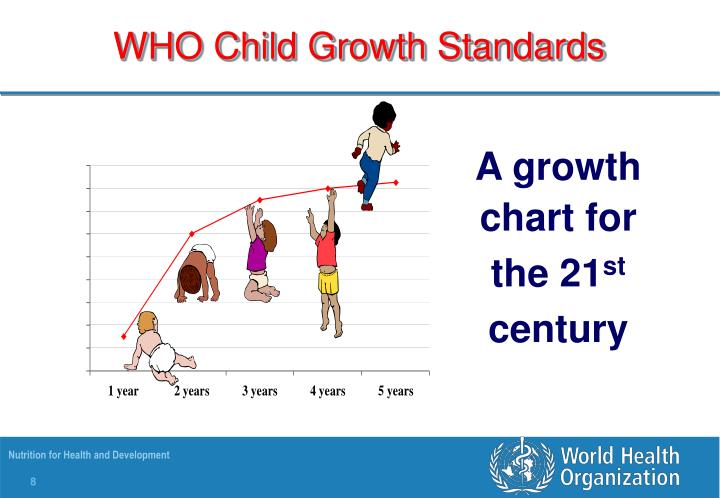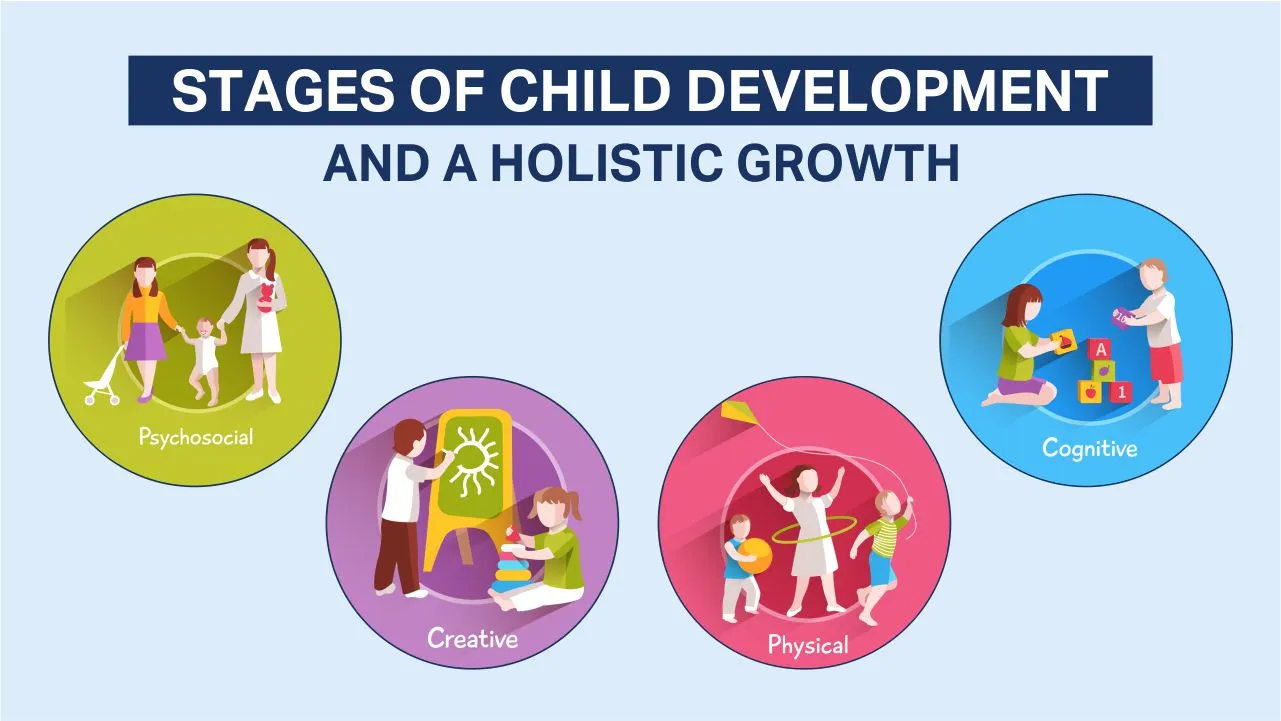Which Of The Following Is True Of Children's Growth

The seemingly simple question of how children grow is far more complex than many realize. Misconceptions abound, often fueled by anecdotal evidence and outdated beliefs. Understanding the true nature of children’s growth is crucial, not only for parents and caregivers but also for educators and healthcare professionals.
This article delves into the multifaceted aspects of children's growth, separating fact from fiction. We will explore the intricate interplay of genetics, nutrition, environment, and other factors that shape a child's physical, cognitive, and emotional development. By examining research-backed information and expert opinions, we aim to provide a comprehensive and accurate understanding of this critical phase of life.
The Building Blocks: Genetics, Nutrition, and Environment
Genetics provides the blueprint, laying the foundation for a child's potential height, body composition, and predisposition to certain traits. However, genes are not destiny. Nutrition, particularly during infancy and early childhood, plays a pivotal role in unlocking that potential.
A balanced diet rich in essential nutrients, vitamins, and minerals fuels growth and supports healthy development. Conversely, malnutrition can significantly hinder growth, leading to both short-term and long-term health consequences.
The environment, encompassing everything from socioeconomic factors to exposure to toxins, also exerts a profound influence. A safe, nurturing, and stimulating environment fosters optimal growth and development, while adversity can have detrimental effects.
Growth Spurts and Plateaus: The Non-Linear Nature of Growth
One common misconception is that children grow at a steady, predictable rate. In reality, growth is characterized by periods of rapid acceleration, known as growth spurts, interspersed with periods of slower growth or plateaus.
These growth spurts are particularly pronounced during infancy and adolescence, driven by hormonal changes and increased metabolic demands. During these phases, children may experience noticeable increases in height, weight, and appetite.
It's important to remember that the timing and duration of growth spurts can vary significantly between individuals. Comparing one child's growth trajectory to another can be misleading and cause unnecessary anxiety.
Cognitive Development: Beyond Physical Growth
Growth is not solely about physical attributes. Cognitive development, encompassing intellectual abilities, problem-solving skills, and language acquisition, is equally critical. This process is heavily influenced by stimulation, interaction, and learning experiences.
Early childhood is a particularly sensitive period for cognitive development. During this time, the brain undergoes rapid growth and development, forming neural connections that will shape future learning and abilities. Access to quality education, engaging activities, and supportive relationships are essential for fostering cognitive growth.
Furthermore, social and emotional development are intertwined with cognitive growth. The ability to form healthy relationships, regulate emotions, and develop empathy are all crucial aspects of a child's overall development.
Factors Influencing Growth: Sleep, Exercise, and Health
Adequate sleep is often underestimated as a critical component of children's growth. Sleep deprivation can disrupt hormonal balance, affecting growth hormone release and hindering development. Children require significantly more sleep than adults, with infants and young children needing the most.
Regular physical activity is also essential for promoting healthy growth and development. Exercise strengthens bones and muscles, improves cardiovascular health, and helps maintain a healthy weight. Furthermore, it contributes to improved mood, sleep quality, and cognitive function.
Underlying health conditions can also significantly impact growth. Chronic illnesses, genetic disorders, and hormonal imbalances can all interfere with normal growth patterns. Early detection and appropriate medical intervention are crucial for addressing these issues and optimizing a child's growth potential.
Dispelling Myths and Misconceptions
Many pervasive myths surround children's growth. One common belief is that children will "catch up" if they are initially small for their age. While some children may experience catch-up growth, it is not always guaranteed.
Another misconception is that certain foods or supplements can magically accelerate growth. While proper nutrition is essential, there is no scientific evidence to support the claim that specific foods or supplements can significantly increase height beyond a child's genetic potential.
Finally, it's crucial to recognize that growth charts are not definitive indicators of a child's health or future potential. Growth charts provide a general reference range, but individual variations are normal. A pediatrician can assess a child's growth in the context of their overall health and development.
Expert Perspectives on Healthy Growth
According to the American Academy of Pediatrics (AAP), monitoring growth is an essential part of pediatric care. Regular check-ups allow healthcare providers to track a child's growth trajectory and identify any potential concerns early on. The AAP emphasizes the importance of creating a supportive and nurturing environment for children to thrive.
Nutrition experts highlight the critical role of a balanced diet in supporting healthy growth. They recommend focusing on whole, unprocessed foods, including fruits, vegetables, whole grains, and lean protein sources. Limiting sugary drinks, processed snacks, and saturated fats is also essential.
Psychologists emphasize the importance of fostering a child's social and emotional well-being. Creating a safe, supportive, and loving environment allows children to develop healthy relationships, regulate their emotions, and build resilience.
Looking Ahead: Promoting Optimal Growth and Development
Understanding the complex interplay of factors that influence children's growth is essential for promoting optimal development. By prioritizing proper nutrition, adequate sleep, regular physical activity, and a nurturing environment, parents and caregivers can support their children in reaching their full potential. Early intervention is critical. Addressing growth concerns early on can significantly improve outcomes.
Continued research is needed to further unravel the intricacies of children's growth. By expanding our knowledge and understanding, we can develop more effective strategies for promoting healthy growth and development for all children. This includes advocating for policies that support families and provide access to quality healthcare, education, and nutrition.
Ultimately, fostering healthy growth is an investment in the future. By nurturing the physical, cognitive, and emotional well-being of our children, we are laying the foundation for a healthier, more prosperous society.
